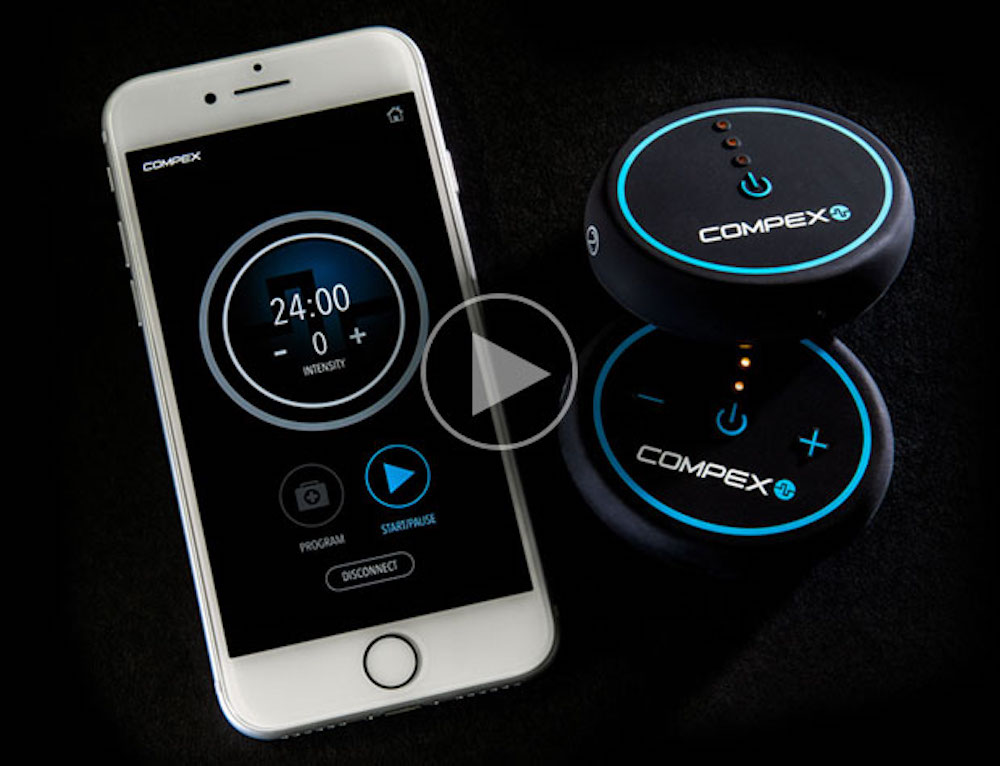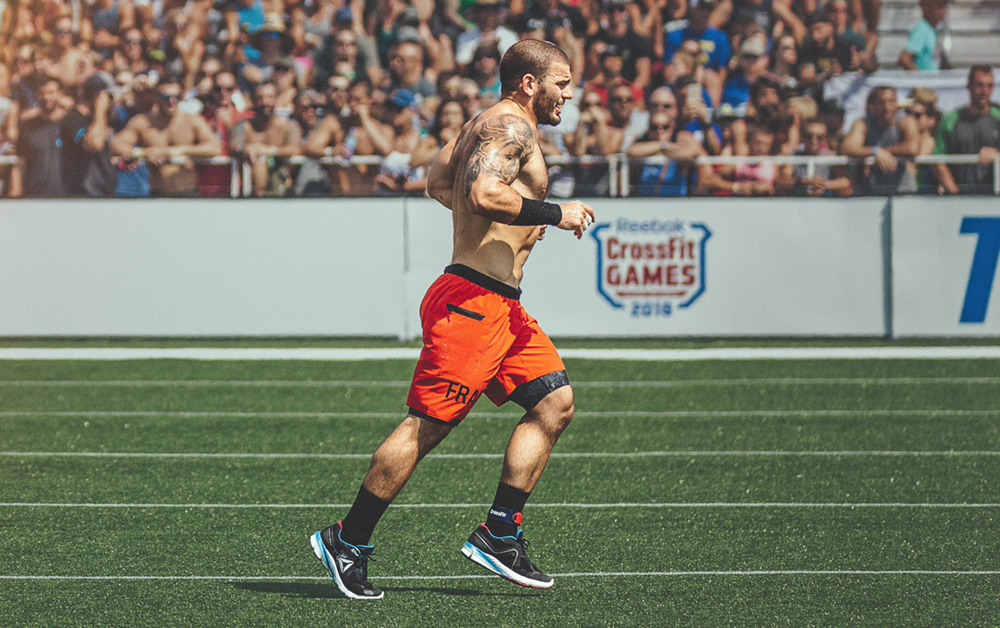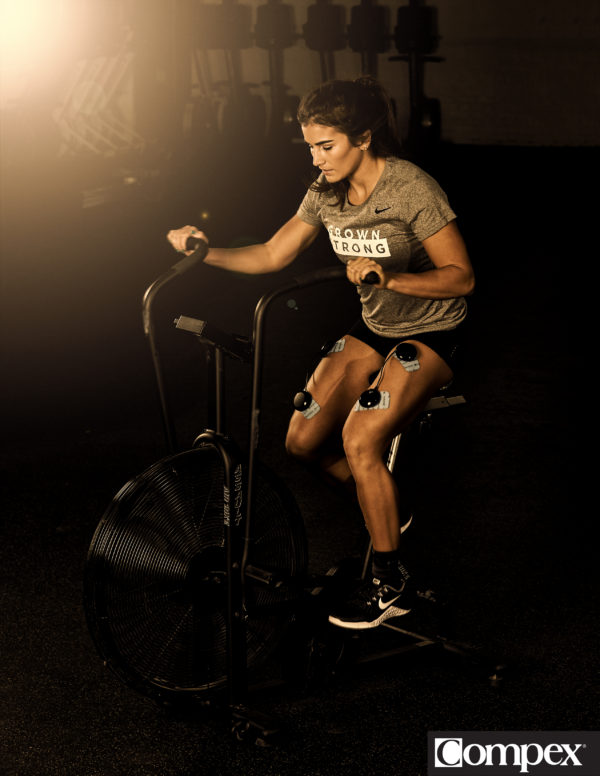Get Stronger, Faster, Without Working Harder.
Page
- Page Previous
- Page 1
- You're currently reading page 2
- Page 3
- Page 4
- Page 5
- ...
- Page 10
- Page Next Page














